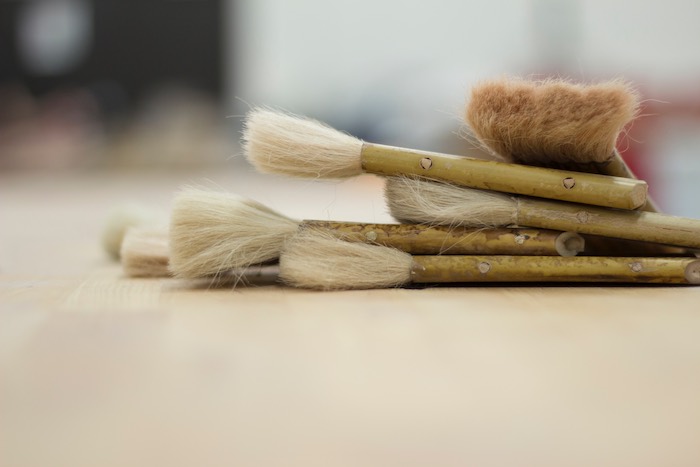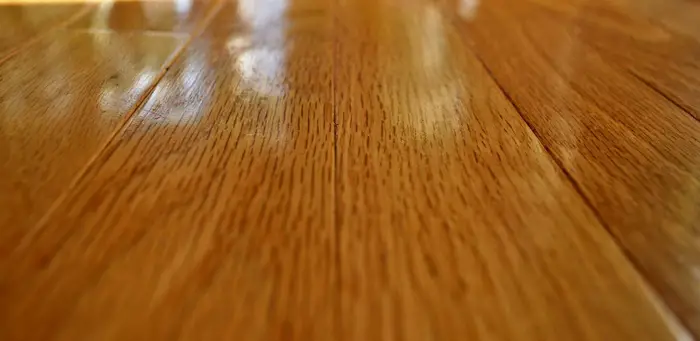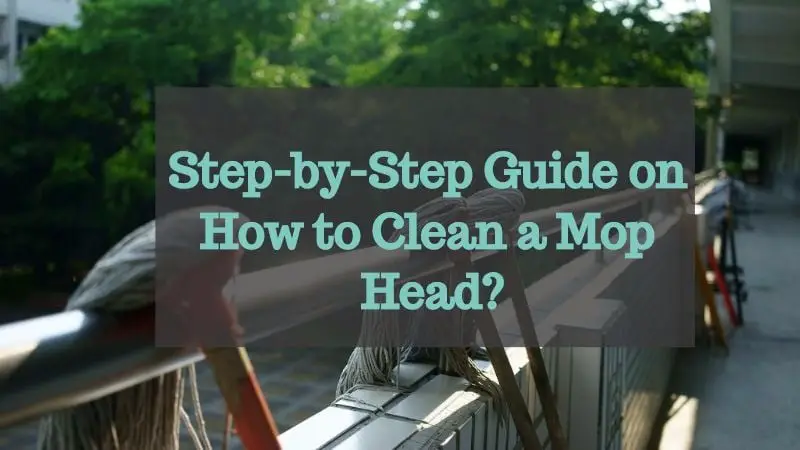Feels great after completing DIY furniture or wall painting project, doesn’t it? But, all that work makes you tired and maybe you forgot to clean the paintbrush right away resulting in hardened Polyurethane on it. A considerable amount of the paint can dry on the brush body while you are still working.
So, how to clean dried polyurethane from a paintbrush? Good news is that there are a few ways to easily clean the mess and take polyurethane off your paint brush by using a paint thinner or white spirit. You will need to dip the brush in a bowl containing the solution, leave it for 15-20 minutes and wash with lukewarm water.
While this appears to be simple and straightforward a method, might get a little complex when you are working with different types of polyurethane or polyurethane-type of finish. Before we get into discussing the methods and tips in detail, let’s take a closer look at the different types of Polyurethane.
Types of Polyurethane
Polyurethane is that organic polymer that is used in varnishes, sealants, and other types of protective coatings. Its structure is such that once you apply it in liquid form and let it dry completely, it will not return to its liquid form, even if you apply heat to it. Thus, it ensures protection from heat sources and against harsh sunlight too.
The downside of using Polyurethane as your furniture finish or wall is that you need to put in a lot of effort to remove it. However, this may vary depending on the type of polyurethane you use. With the right procedure, you can reclaim and clean a paintbrush that is kept unclean for several years. So, let’s check them out.
First off, there are two main varieties of polyurethane – water-based and oil-based. The water-based one is safer and much easier to use, plus it’s also safer for the environment. You can get it off your brush using ordinary water. Oil-based polyurethanes are complex in nature and they require chemicals for cleaning.
Cleaning Water-Based Polyurethane from Paint Brush
Take your Polyurethane coated paint brush and flush it thoroughly with water until it becomes clear. If the paint has dried up, you may let it soak in a jar of water until the water-based Polyurethane loosens out.
However, we do not recommend leaving the brush in water for too long as this can shorten the life of the brush. Over time, the bristles may simply deform, become weak, and fall out.
Cleaning Oil-Based Polyurethane from Paint Brush
Oil-based Polyurethane is the biggest challenge, but it is also treatable if you use a paint thinner or white spirit in the right quantity. After soaking in the solution, a good massage of the brush can help soften the hardened polyurethane. Here are the steps to follow:
1. Take a plastic bowl and fill it halfway with paint thinner like this or white spirit
2. Now, dip the paint brush into the bowl in a way that hardened part submerges completely
3. Now, let the paint brush sit in the bowl of solution for at least 15 to 20 minutes.
4. Remove the paint brush from the bowl and rinse it well using lukewarm water
5. Pat it dry with a rag or old towel
In some cases, acetone may be used after a paint thinner to remove the traces of thinner from the paint brush. After that, you may wash the brush with a soap to get rid of acetone. When you use soap, it acts as a bristle softener and ensures that the bristles feel soft and flexible when you use it next time.
While this may sound like an extensive task, following a few extra steps can ensure that your paintbrush stays in a good and usable condition for several years.
Prevent Polyurethane from Drying on a Brush
Sometimes it may not be possible to complete a painting or finishing job in one session, and you may need to take a break of a few hours or even overnight. If you are a little careful and proactive, you can save yourself the headache of having the polyurethane dry on your paint brush.
To keep it ready to use the next day, make sure the paint brush is not exposed to air. You may keep the brush dipped in water, but leaving it soaked overnight is not good for the bristles. Alternatively, you may wrap the brush with a cling film or food wrap to keep air out and ensure that brush stays moist and usable the next day.
Cleaning a Brush Using a Comb
When you want to make it easier to clean the paintbrushes, we would suggest that you invest in a good quality paint comb. This is a double-headed wire brush that comprises of brass bristles on one side and stainless steel pins on the other side. This helps in speeding up the task of removing varnish or paint from the bristles while cleaning.
To clean in this method, you must insert the comb gently into the brush bristles and apply repeated downward strokes motion to encourage the varnish or paint residue to come out of the brush. You can then dry the brush using a clean rag and keep the brush upside down to help them dry fast and prevent mold or mildew growth.
This is a simple and easy action that will not only clean the paint brush from the outside but also thoroughly clean the inner bristles. With this method, you can ensure that you can use the brushes again for many years to come.
Related Questions
Can I use dish soap to clean polyurethane
If you are concerned about using chemicals to clean your delicate paintbrush, you may use a small amount of dish soap. Let the dish soap penetrate the oil-based paint to remove the paint and leave it outside to air dry completely. However, if the polyurethane has already dried up on the brush, this method may not be useful.
Can vinegar revive a dried paint brush
Yes, you can use white vinegar to restore a dried paintbrush to its new condition. To start with, pour the vinegar into a pot and bring it to a boil or simmer. When heated, dip your brush in the solution and let it soak for about 20 minutes. Next, wash with warm, soapy water and use your hands or a comb to remove the paint residue.
See also:
4 Best Squeegee For Concrete Floor
6 Best Squeegee For Spreading Epoxy
Can You Put A Grill Brush In The Dishwasher?
Ways To Clean Makeup Brushes (Useful)


